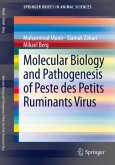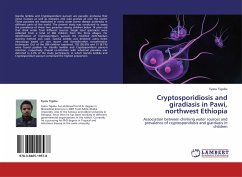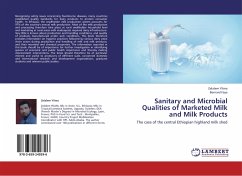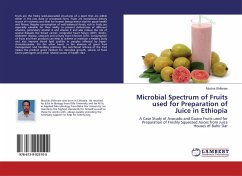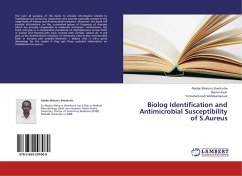Peste des petits ruminants is an acute and highly contagious viral disease of small ruminants which is characterized by high fever,ocular and nasal discharge,pneumonia,necrosis and ulceration of the mucuous membrane and inflammation of the gastro-intestinal tract leading to severe diarrhoea and high mortality. Clinical PPR is confirmed in Ethiopian goats, however, its circulation in other animals has never been described. In this work, we showed that antibody seroprevalence in camel, cattle, goat and sheep confirmed natural transmission in these animals without clinical disease. Virulence of PPRV was monitored in cell culture system and the use of virus specific monoclonal antibodies that enabled to detect differences in virulence between PPRV and RPV. The difference in infectivity of PPRV and RPV may have depended on the H protein epitopes and their cellular receptors. We decided to compare the amino acid epitope of H protein of PPRV with that of other morbilliviruses. We have sequenced and compared genome and antigenome promoters of a vaccine strain with field strains of PPRV. Alignment of the genome promoter sequences revealed seven nucleotide mutations at certain positions.
Bitte wählen Sie Ihr Anliegen aus.
Rechnungen
Retourenschein anfordern
Bestellstatus
Storno



